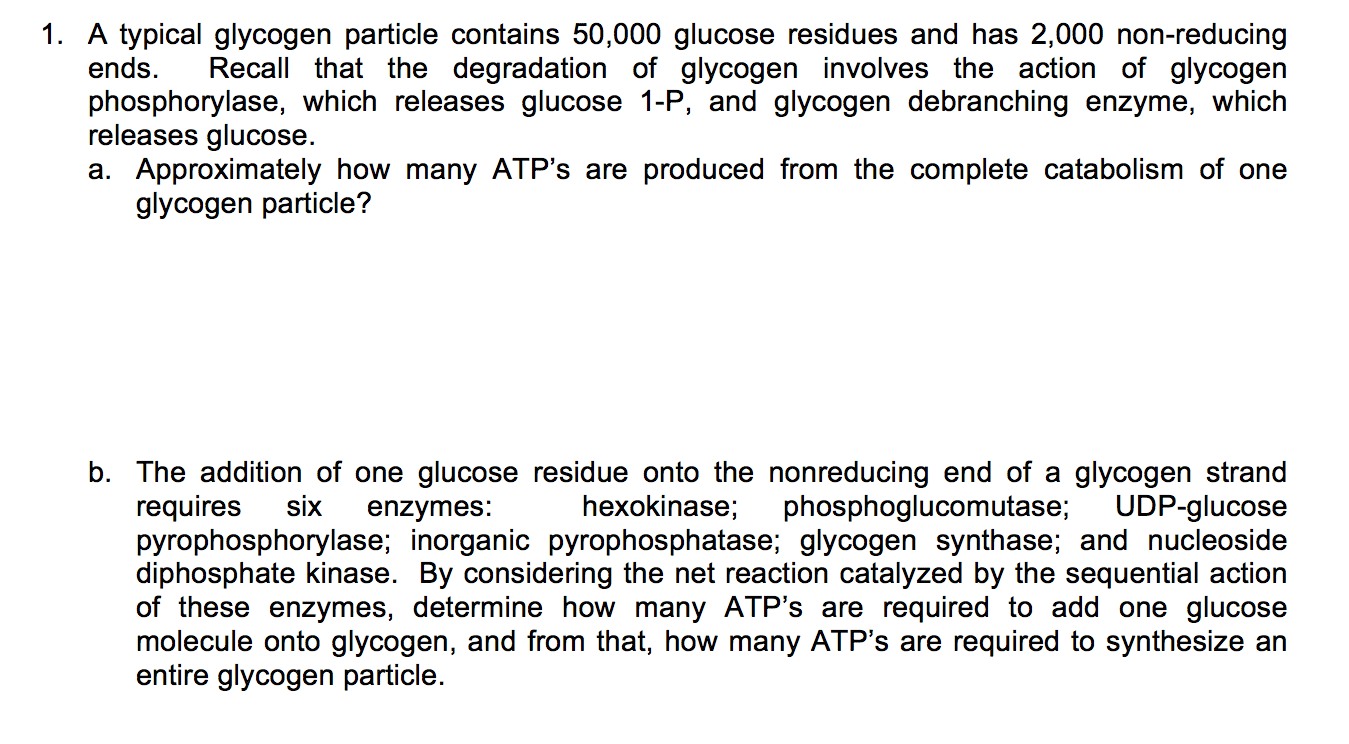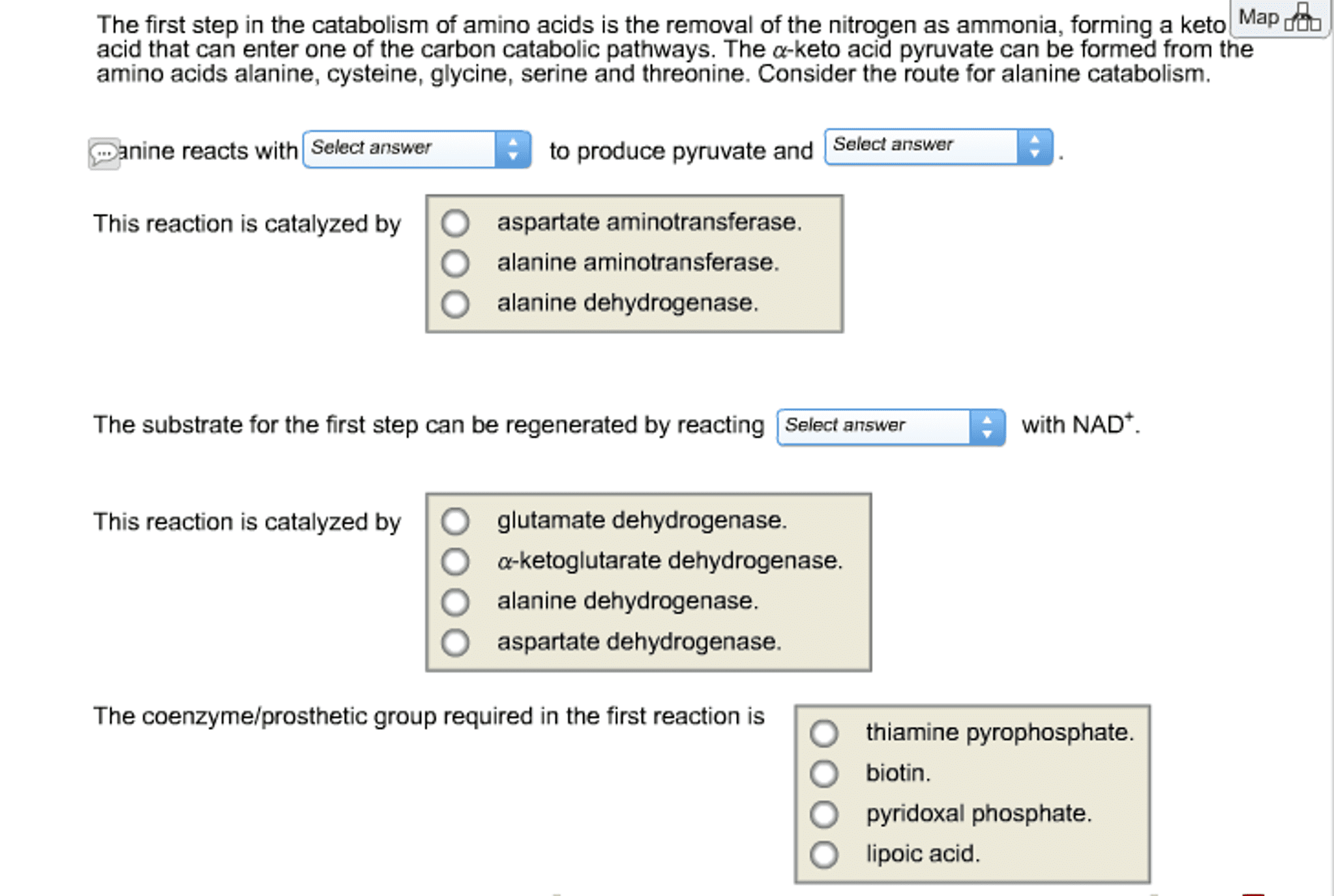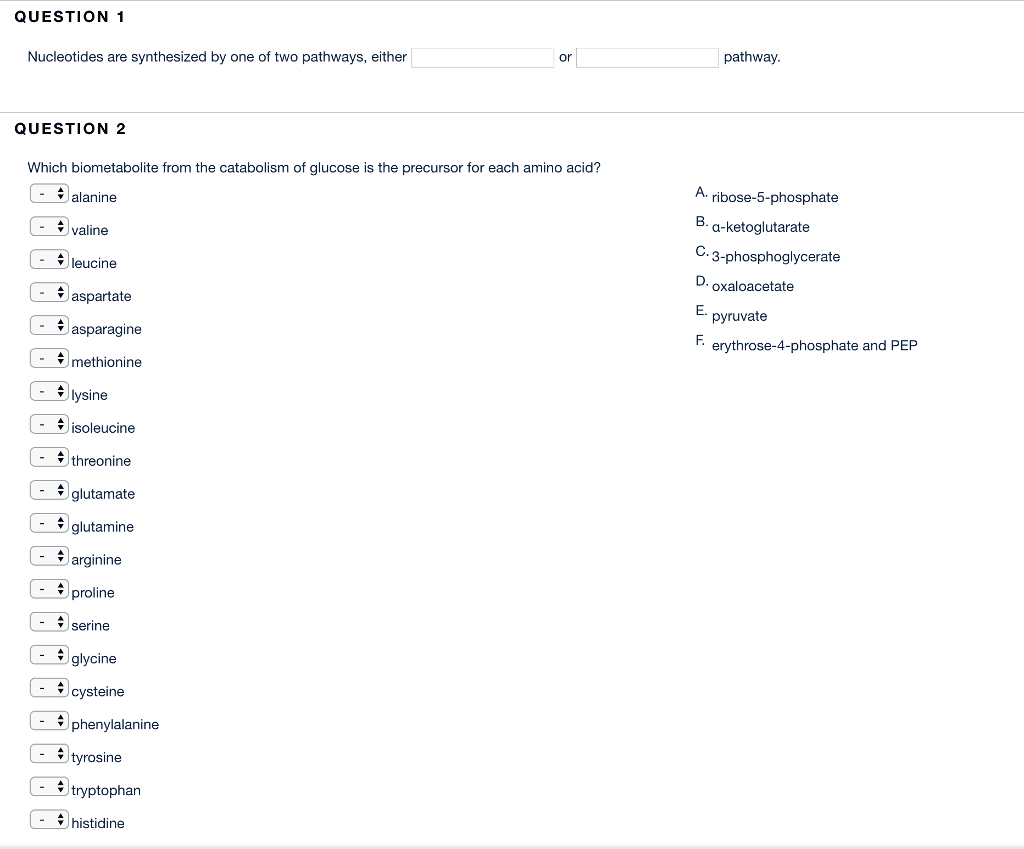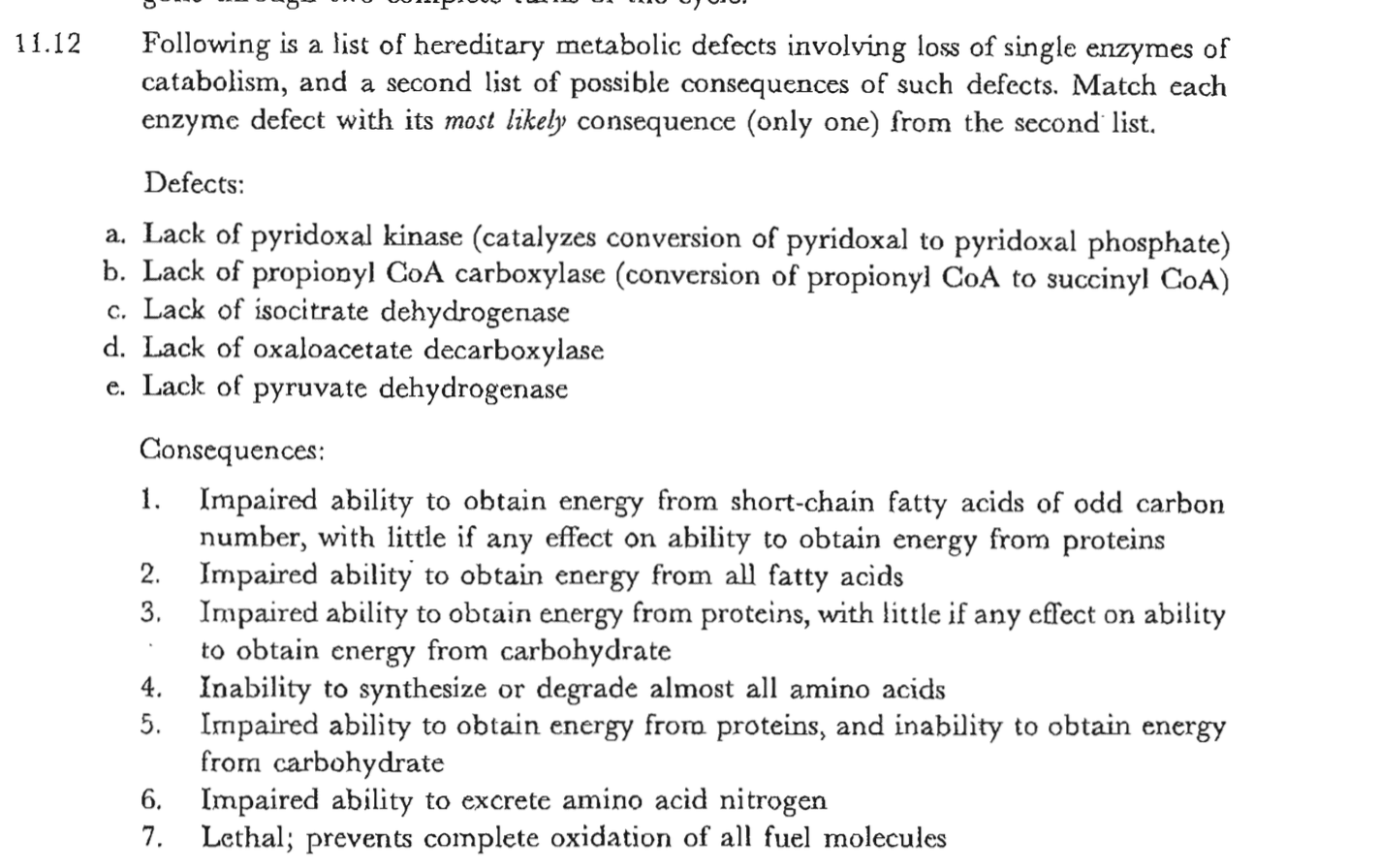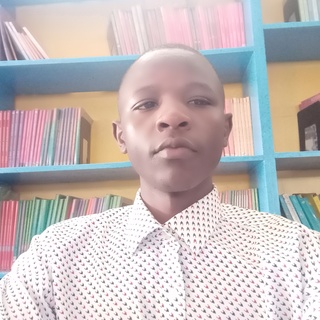
christopherc63
christopherc63University of Illinois
17 Followers
0 Following
30 Helped
christopherc63Lv10
30 Jan 2024
Answer:C
christopherc63Lv10
8 Mar 2023
Answer: That's a negative demand
christopherc63Lv10
4 Mar 2023
Answer: 489
christopherc63Lv10
13 Feb 2023
Answer:Zayn Malik is one of the biggest British singers and songwriters.
christopherc63Lv10
17 Dec 2022
1.Answer: Meiosis separates homologous chromosomesso that the number of chromo...
christopherc63Lv10
17 Dec 2022
Answer: False
christopherc63Lv10
17 Dec 2022
Answer: once every 2 years
christopherc63Lv10
17 Dec 2022
Answer:fever* or feeling feverish/chills.cough.sore throat.runny or stuffy nos...
christopherc63Lv10
17 Dec 2022
Answer:Preventing bone injury
christopherc63Lv10
17 Dec 2022
Answer: Transdermal
christopherc63Lv10
17 Dec 2022
Answer: sedative hypnotics
christopherc63Lv10
17 Dec 2022
Answer: False
christopherc63Lv10
17 Dec 2022
Answer: A Medical Technician is a medical professional who plays a vital part ...
christopherc63Lv10
17 Dec 2022
Answer: Assists the Mortician in embalming duties. Keeps the morgue in sanitar...
christopherc63Lv10
17 Dec 2022
Answer: A Yoga Instructor is the one who instructs his/her students as the nam...
christopherc63Lv10
17 Dec 2022
Answer: The medical director organizes and coordinates physician services and ...
christopherc63Lv10
17 Dec 2022
Answer: The phenotypic ratio is therefore 13:3. This type of epistasis is some...
christopherc63Lv10
17 Dec 2022
Answer: 7.A
christopherc63Lv10
17 Dec 2022
1.Answer: it allows the amino acid to be used as a carbon and energy source
christopherc63Lv10
17 Dec 2022
Answer: If gas is produced as a result of glucose or lactose fermentation, the...
christopherc63Lv10
17 Dec 2022
Answer: 11.A
christopherc63Lv10
17 Dec 2022
Answer: 1.C
christopherc63Lv10
17 Dec 2022
4. What signals lead to the breakdown/synthesis of glycogen? Answer: Glycogen ...
christopherc63Lv10
17 Dec 2022
Answer: B
christopherc63Lv10
17 Dec 2022
Answer: 1.D
christopherc63Lv10
17 Dec 2022
2.Answer: b. the rate of glycogen synthase is inibited
christopherc63Lv10
17 Dec 2022
Answer:UTP is regenerated from UDP in a reaction catalyzed by nucleoside dipho...
christopherc63Lv10
17 Dec 2022
Answer: 1.C
christopherc63Lv10
17 Dec 2022
Answer: C
christopherc63Lv10
17 Dec 2022
Answer: alanine dehydrogenase
christopherc63Lv10
17 Dec 2022
Answer: B. a-ketoglutarate aspartate asparagine methionine lysine
christopherc63Lv10
17 Dec 2022
Answer: 1.C
christopherc63Lv10
17 Dec 2022
Answer: 1.D
christopherc63Lv10
17 Dec 2022
Answer: F,E,A,B
christopherc63Lv10
17 Dec 2022
Answer: B
christopherc63Lv10
17 Dec 2022
what is the structure of glycogen? Answer: Glycogen is composed of two major b...
christopherc63Lv10
17 Dec 2022
Answer: 32a. What is the role of starch phosphorylase in starch degradation?St...
christopherc63Lv10
17 Dec 2022
A.Answer: Amylases digest starch into smaller molecules, ultimately yielding m...
christopherc63Lv10
17 Dec 2022
Answer: 5.Environment Can Impact Phenotype Environmental factors such as diet,...
christopherc63Lv10
17 Dec 2022
Answer:An example of codominance is the roan cow which has both red hairs and ...


